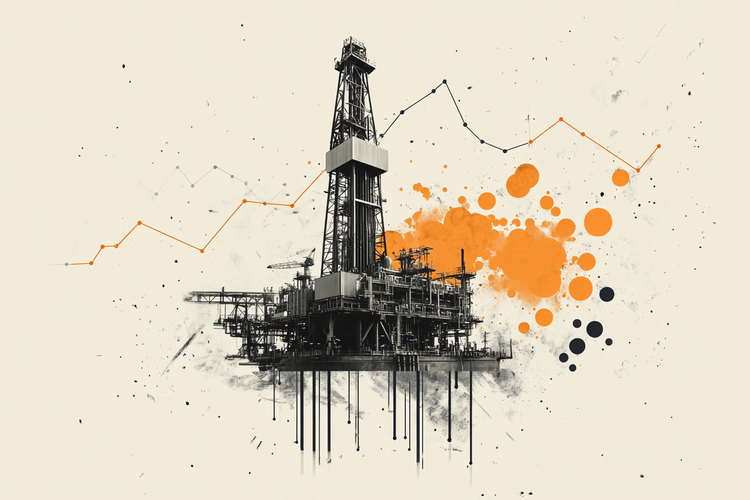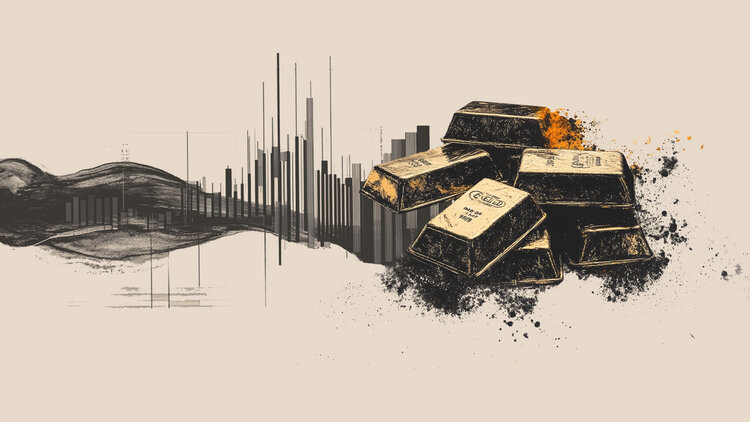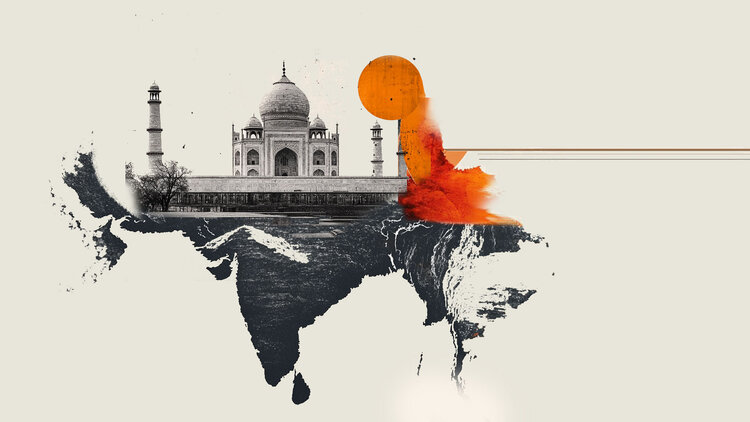A rural producer for ten years, Fabrício Maestrello for the first time will reduce the area planted with soybeans in the harvest to be sown in September. Of the 1,200 bushels (about 2,900 hectares or an area equivalent to almost 3,000 football fields) that he normally cultivates in the Paranacity region, northwest of Paraná, he will plant half.
The reason for the cut was high input prices. “The increase was much higher than the appreciation of the grain, it is a business that you enter in debt”, he says.
The three villains of the high costs, according to the producer, are fertilizer, pesticides and fuel. This year, Maestrello paid R$ 6,200 per ton of fertilizer, 120% more than in the last harvest.
For the liter of herbicide, he paid R$90, four times what he spent in 2021. Not to mention the diesel used in tractors. “It used to cost R$4 a liter and now it’s almost R$7.” In the period, soybeans on the futures market rose about 40%.
unwanted record
The strong pressure of input costs faced by Maestrello is the reality of Brazilian farmers who are going to plant the most expensive crop in history, according to surveys from several institutions.
The war between Ukraine and Russia, the latter one of the main fertilizer exporters to Brazil, and the energy and logistics crisis in China, where the pesticide factories are located, in addition to the rise in diesel, have driven input prices soaring.
Grain cost pressures sound like a warning sign for “ordered” food inflation, which may or may not materialize in 2023, depending on the market situation at the time of marketing the crop.
where the problem is bigger
In the accounts of the National Confederation of Agriculture and Livestock of Brazil (CNA), the average expenditure in the country to produce one hectare this year should grow 45% for soy and almost 50% for corn in relation to the previous year. “It may be that the cost is even higher”, emphasizes Maciel Silva, coordinator of Agricultural Production at CNA. It’s just that, at this moment, not all inputs have been purchased and, therefore, they are subject to price hikes, she says.
However, the increase in costs in specific and consolidated regions in grain production exceeds the national average calculated by the CNA. The increase in spending on inputs for the next soybean crop varies between 60% and 70% in the north of Paraná and Mato Grosso in relation to the previous one, point out the Cocamar cooperative, from Maringá (PR), and the Mato-grossense Institute of Agricultural Economy.
The information is from the newspaper. The State of São Paulo.
Source: CNN Brasil
I am Sophia william, author of World Stock Market. I have a degree in journalism from the University of Missouri and I have worked as a reporter for several news websites. I have a passion for writing and informing people about the latest news and events happening in the world. I strive to be accurate and unbiased in my reporting, and I hope to provide readers with valuable information that they can use to make informed decisions.







